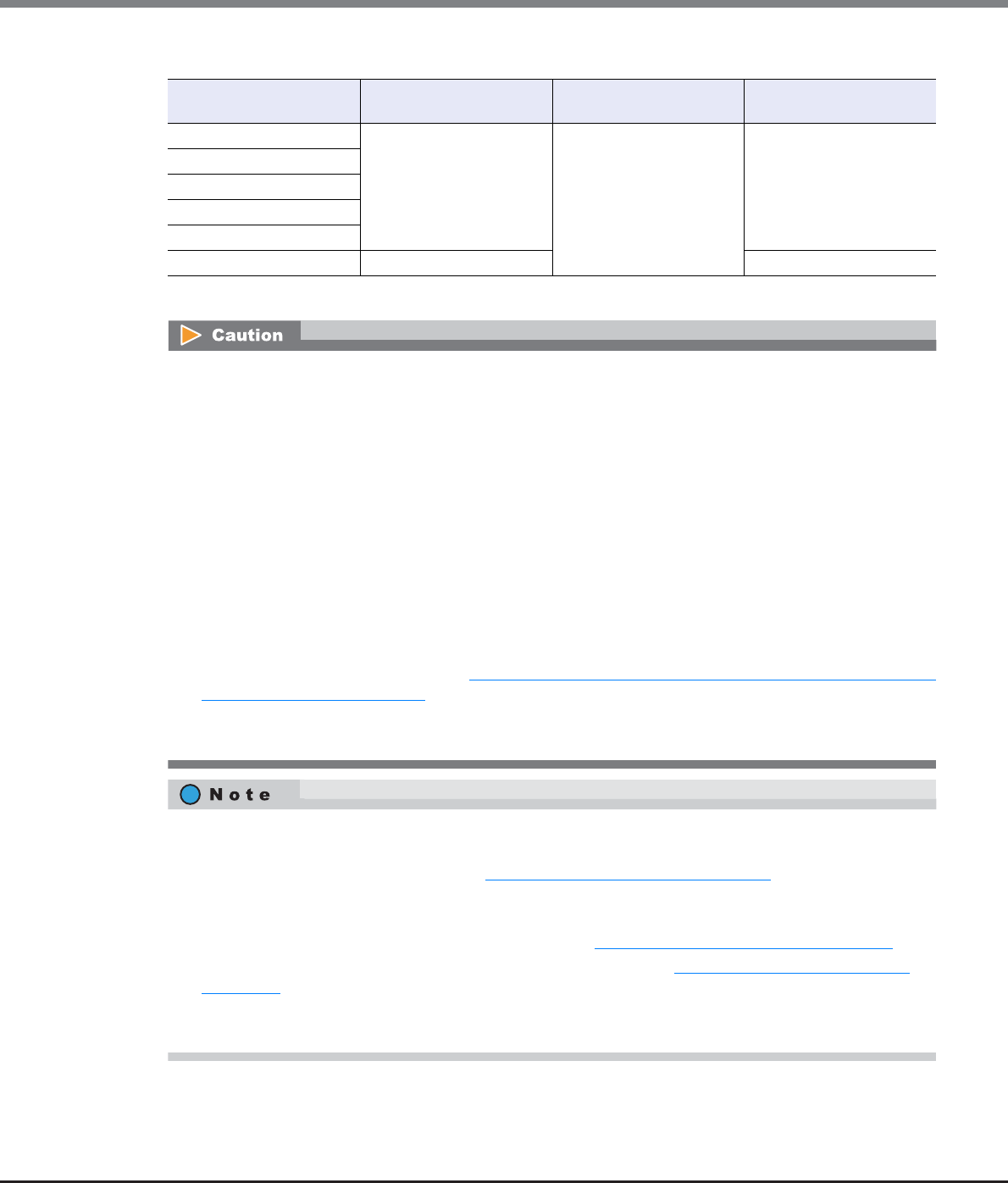
Chapter 9 Connectivity Management
9.2 Functions in the Action Area for Connectivity
ETERNUS Web GUI User’s Guide
Copyright 2013 FUJITSU LIMITED P2X0-1090-10ENZ0
464
The number of hosts that can be registered
*1: The total number of hosts irrespective of the interface types.
Model Number of hosts (HBAs)
(*1) per storage system
Number of hosts (HBAs)
per CA port
Number of hosts (HBAs)
per host group
ETERNUS DX80 S2 1024 256 8
ETERNUS DX90 S2
ETERNUS DX410 S2
ETERNUS DX440 S2
ETERNUS DX8100 S2
ETERNUS DX8700 S2 8192 64
• Registration of the host is necessary to create a host group. It is not possible to delete all hosts from a
host group.
• A host that has been registered with GUI by using this function belongs to one of the host groups.
• A host can be a member of several host groups. However, only one LUN group can be allocated to host
and port combinations when configuring host affinity.
• To assign an appropriate host response to a created host group, refer to "User's Guide -Server Connection-
" for each OS type. The host response configures the operation mode that is appropriate for the host. If an
appropriate host response is not configured to the host group, the path may not be switched correctly or
the volume may not be recognized correctly.
• The host response that is specified for a host group is applied all the member hosts in the target group.
When a host belongs to multiple host groups, the same host response must be applied for all the groups
to which the target host belongs. When a host that already belongs to an existing host group is added to
another host group, the host response of the target host is changed to the host response of the host
group to which the target host is added. The host response of the existing host group to which the target
host belongs is also changed. Refer to "Example of changing the host response when adding a host to an
existing host group" (page 447) for details.
• When changing the host response for the host group, the host responses of the other host groups to
which the target host belongs are also changed.
• When a host was added to a host group, of which the host affinity setting has been configured, paths
between all the ports with the host affinity setting and the added host will be configured. To modify the
path between a host and a port, refer to "9.2.1.3 Modify Host Affinity" (page 428)
.
• When a host in the host group for which the host affinity settings are already configured is deleted, the
path from the host to the port is also deleted.
• To change the host name or WWN, use the procedure in "9.2.2.15 Modify FC/FCoE Host" (page 507)
.
• To create a new host group and register hosts, use the procedure in "9.2.2.1 Add FC/FCoE Host Group"
(page 440).
• An FC host and an FCoE host can be members of the same host group. Both "FC host" and "FCoE host" are
abbreviated as "FC host" in this section.


















